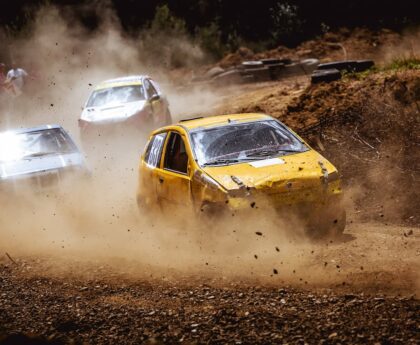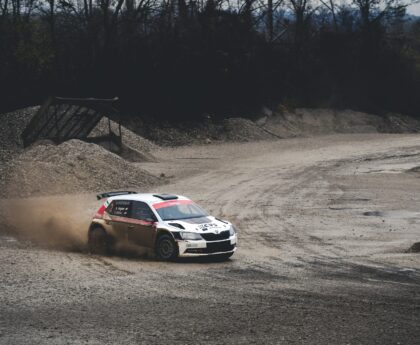Rally racing, an exhilarating motorsport that tests the limits of both driver and machine, has captivated audiences around the world for decades. This high-octane sport, characterized by its challenging terrain and unpredictable conditions, pushes competitors to their absolute limits. In this article, we’ll explore the history of rally racing, the unique challenges faced by drivers, and the technological advancements that have revolutionized the sport.
The rich history of rally racing
Rally racing traces its origins back to the early 20th century, with the first officially recognized event being the Monte Carlo Rally in 1911. Organized by Prince Albert I of Monaco, the rally was designed to attract wealthy tourists to the principality during the winter season. Competitors traveled from various European cities to Monaco, facing treacherous conditions along the way. This event set the stage for what would become one of the most prestigious and enduring motorsport competitions.
As the popularity of rally racing grew, so did the number of events and participants. The 1950s and 1960s saw the introduction of iconic rallies such as the Safari Rally in Kenya and the 1000 Lakes Rally in Finland. These events, known for their grueling courses and unpredictable weather, quickly gained a reputation for being among the toughest in the world. The creation of the World Rally Championship (WRC) in 1973 further solidified rally racing’s status as a premier motorsport. The WRC brought together the best drivers and manufacturers, competing across diverse landscapes, from the snow-covered tracks of Sweden to the dusty trails of Mexico.
The unique challenges of rally driving
Rally racing is renowned for its demanding and varied courses, which test the skills, endurance, and adaptability of drivers and their co-drivers. Unlike traditional circuit racing, rally stages are often held on public or semi-public roads, which can include gravel, mud, snow, and tarmac. This variety requires drivers to possess an exceptional level of versatility and the ability to quickly adapt to changing conditions.
One of the most critical aspects of rally racing is the partnership between the driver and the co-driver. The co-driver’s primary responsibility is to navigate and relay pacenotes—detailed descriptions of the route, including upcoming turns, hazards, and surface changes. Effective communication between the driver and co-driver is essential for maintaining high speeds while minimizing risks. The reliance on these pacenotes means that both members of the team must be in perfect sync, with the co-driver’s accuracy and timing playing a crucial role in the team’s overall performance.
Another significant challenge in rally racing is the endurance required. Rally events can last several days, with multiple stages each day. Drivers must remain focused and physically resilient to handle the long hours behind the wheel, often in extreme conditions. The combination of high-speed driving, rough terrain, and the constant need to interpret pacenotes makes rally racing one of the most demanding motorsports.

Technological advancements in rally racing
Over the years, technological advancements have significantly impacted rally racing, improving both the performance and safety of the vehicles. Modern rally cars are engineering marvels, designed to withstand the harshest conditions while delivering maximum performance. Innovations in suspension systems, for example, have allowed cars to handle rough terrain more effectively, providing better stability and control.
The introduction of all-wheel-drive (AWD) systems has been another game-changer in rally racing. AWD provides superior traction and handling, especially on loose or slippery surfaces, giving drivers a significant advantage in maintaining speed and control. This technology has become a standard feature in most competitive rally cars, enhancing their ability to navigate diverse terrains.
Safety has also seen tremendous improvements through the years. Advances in roll cage design, harness systems, and fire suppression technology have made rally cars much safer for drivers and co-drivers. Modern rally cars are equipped with sophisticated telemetry systems that monitor various aspects of the vehicle’s performance in real-time. This data allows teams to make informed decisions about vehicle setup and strategy, further enhancing their competitive edge.
In conclusion, rally racing is a sport that combines history, skill, and cutting-edge technology to create a thrilling and challenging experience. From its early days in the snowy mountains of Monaco to the high-tech competitions of today, rally racing continues to captivate audiences with its unique blend of speed, strategy, and endurance. Whether you’re a seasoned fan or a newcomer to the sport, the world of rally racing offers an unparalleled adrenaline rush and a testament to human and mechanical resilience





